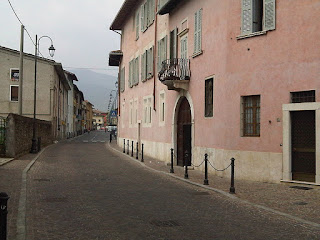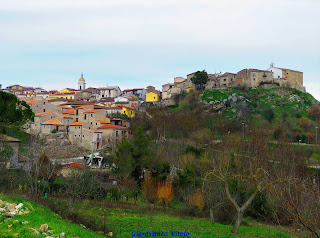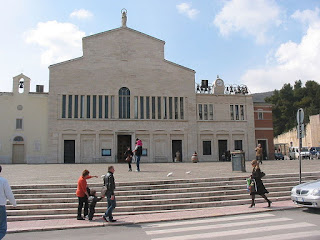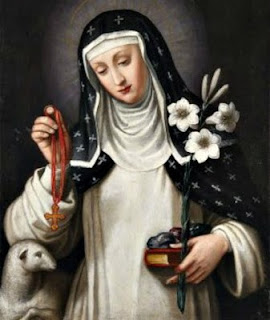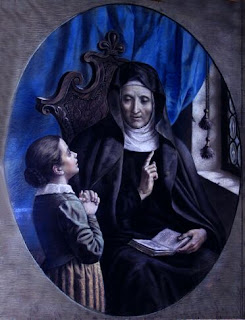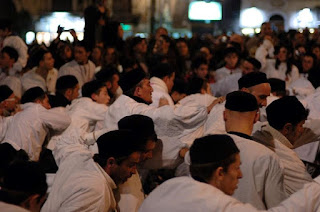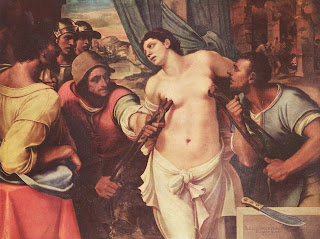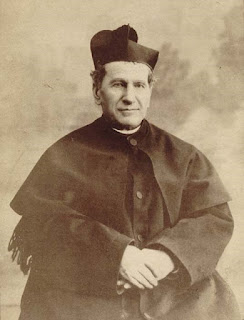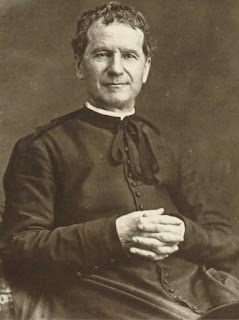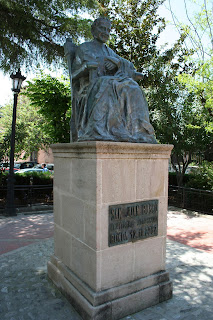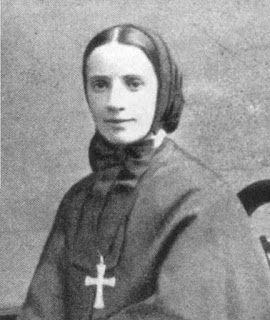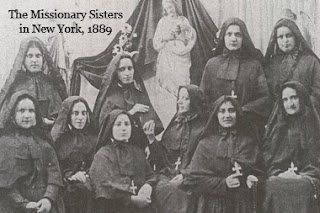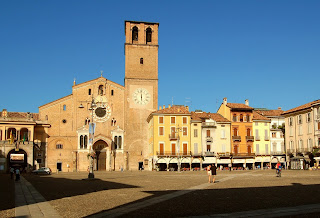Reformed gambler who became devoted to caring for sick
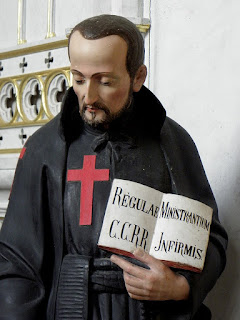 |
| Camillus de Lellis, depicted in a French church, was a reformed gambler |
He was made Saint Camillus de Lellis by Pope Benedict XIV in 1746. Nowadays he is recognised as the patron saint of the sick, hospitals, nurses and physicians. Sometimes his assistance is also invoked by individuals with gambling problems.
The Order of Clerks Regular, Ministers of the Infirm (M.I), better known as the Camillians, is seen as the original Red Cross on account of an incident during the Battle of Canizza in 1601, when a tent containing all of the Camillians’ equipment and supplies was destroyed in a fire.
Among the ashes, the red cross from the back of a religious habit belonging to one of the Camillians was found to have survived. It became known as the Red Cross of Camillus.
The Order’s activities eventually extended to caring for the sick generally, particularly during outbreaks of Bubonic plague. They established a presence in hospitals in Naples and Milan and in time the Camillians ran hospitals of their own.
| Images of Saint Camillus often show him caring for the sick |
Born in 1550 in Bucchianico, a small town in Abruzzo, about 30km (19 miles) inland from what is now the coastal resort of Pescara, De Lellis had a difficult upbringing. His father, an officer in both the Neapolitan and French armies, was seldom at home, and his mother found his violent tempers hard to control.
After she died in 1562 he was looked after by relatives but received little affection and his violent nature led him into many street fights. He was tall for his age and at the age of 16 he decided to follow his father’s lead and take up military service.
Fighting for Venice in a war against the Turks provided him with an outlet for his aggression, but not for his parallel fixation, with gambling. On his discharge from the Venetian army at the age of 25 he had nothing, having gambled away his savings, the weapons he owned and virtually every other possession, save for the shirt on his back.
He travelled south to Manfredonia, on the coast of Apulia, 35km (22 miles) north of Foggia, where he was taken on as a labourer at a Capuchin friary. His temper still frequently got the better of him, and he continued to gamble, but the guardian of the friary eventually persuaded him to mend his ways.
| The church of St Mary Magdalene in Rome |
Feeling that the care given to the sick in the hospital was generally inadequate, he invited a group of pious men to express their faith by caring for patients at the hospital and determined that he would establish his own religious community in order to follow what he now felt was his calling in life. To do so, he took up seminary studies so that he could seek Holy Orders and was ordained as a priest in 1584.
Thus he was able to establish the Camillians, who were granted the status of Congregation in 1586 and as an Order in 1591, assigned to the church of St Mary Magdalene in Rome, where his remains were entombed after his death.
His name is today honoured around the world in churches, hospitals, care facilities and charitable groups.
The church of San Camillo de Lellis is on Via Sallustiana in Rome, a short distance from Via Vittorio Veneto. It was built under Pope Pius X, with construction under the architect Tullio Passarelli beginning in 1906. It was consecrated and made a parochial church in 1910. In 1965, Pope Paul VI elevated the church to the status of minor basilica.
Bucchianico, where De Lellis was born, is typical of many charming small towns in the Abruzzo region. Located on top of a hill, it offers offers a beautiful panorama that stretches from the mountain peaks of the Majella to the coast line of the Adriatic Sea. Not well known among tourists, it is a medieval town that represents an ideal retreat from the chaos and traffic associated with bigger, bustling urban centers of the area. It is well known for the annual celebrations of the Festa dei Banderesi, a historical commemoration of the victory against the Invasion of Teate, a nearby city today known as Chieti.
More reading:
Alberto Marvelli - the Good Samaritan of wartime Rimini
Why Padre Pio is one of the most popular saints in history
The nurse who was made a saint after being stabbed to death by a patient
Also in this day:
1902: The dramatic collapse of St Mark's Campanile
1948: The leader of Italy's Communists shot and wounded in Rome
Home
More reading:
Alberto Marvelli - the Good Samaritan of wartime Rimini
Why Padre Pio is one of the most popular saints in history
The nurse who was made a saint after being stabbed to death by a patient
Also in this day:
1902: The dramatic collapse of St Mark's Campanile
1948: The leader of Italy's Communists shot and wounded in Rome
Home



